Intermediates
Gallantry and accessories
Blog Piekiełka
Turkmen wedding
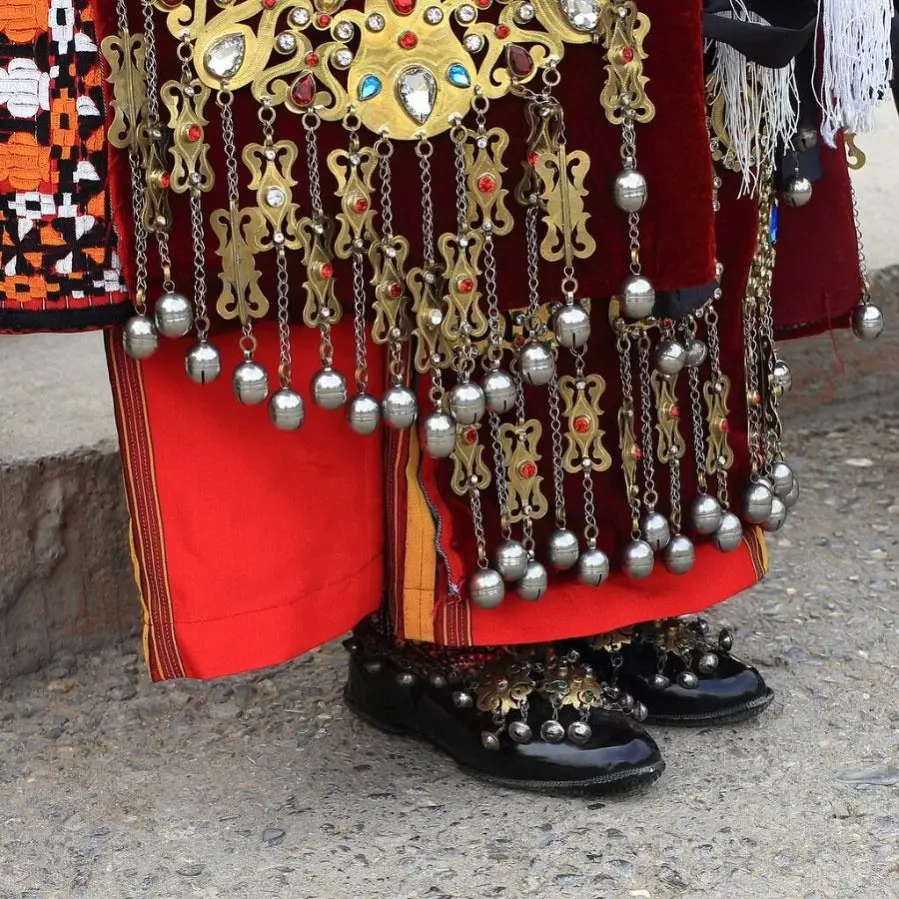
Awedding is the most important and long-awaited holiday in every Turkmen family. Nowadays, traditional wedding rituals in the cities have been transformed, from cultic rituals they have become more of a nod to tradition, the rules once strictly observed are often only schematically marked in the wedding ceremony. The most vivid wedding ritual still remains in the countryside, although even there even the oldest aksakals no longer remember all the details of the old ceremonies. Incidentally, "aksakal" is the term used by the Turkmen and other peoples of the Caucasus and Central Asia for an elderly, venerable man - from the words "ak" = white and "sakal" = beard.
Marriages in Turkmenistan used to be performed at a very young age. The elders of the families matched couples long before they came of age, so the institution and ceremony of matchmaking simply did not exist. At a meeting of relatives, the terms of the ceremony were determined and the date of the ceremony was set.
Usually an effort was made to hold the wedding on Monday - a day considered lucky by the Turkmen. "Herolds" would announce the happy news throughout the aule and the immediate area. The next day, the most respected woman in the village would come to the bride's house to begin sewing wedding outfits and gathering the necessary items for the new life: carpets, clothes, household appliances.
"Good" days were also chosen for cutting and sewing dresses. The fabric for the wedding dress was obtained from the bride's house. The cutting, according to tradition, was done by a respected woman in the village, the mother of many children. The offcuts left over after the cutting were taken by the bride's friends "for luck."
The bride's dress, with all the restraint and conservativeness of the cut, was always richly decorated with embroidery and jewelry products, which were sewn on the chest in several rows, and which served as amulets. When moving, the ornaments made a melodious sound and in this way warded off evil spirits, which, according to beliefs, keep hanging around the bride, lured by her beauty. In general, the bride before the wedding was protected from evil forces in various ways: she was covered from the feet to the top of her head with bedspreads, a multitude of amulets were woven into her wedding attire, from strands of camel hair to pig's teeth; the girl's hands were decorated with various talismans to protect her from charms.
The main Turkmen wedding ceremonies were held at the bridegroom's home, although they began at the bride's home. There, before the wedding ceremony, as many head of cattle were slaughtered as the bride's parents planned to kill - usually ten head on each side.
Early in the morning, friends would come to the bride's house and, while escorting her, sing cheerful songs. They would playfully criticize the imaginary and real qualities of the fiancé, while his female relatives would try to contradict them and extol the virtues of the future husband.
According to tradition, before the wedding procession came for the bride, a special bedspread was placed on her head - pretending violence. The merry commotion was always provoked by the in-laws - from one side and the other - always playing an important role in establishing the first contact between the bride and groom.
The wedding procession looked very picturesque. The costumed women sat on camels in specially prepared booths, and the caravan was surrounded by armed horsemen. For the bride there was a special kibitzka decorated with tassels on all sides, and a bell was hung around the camel's neck. The wedding procession was loaded with gifts for the bride's relatives.
Driving up to pick up the bride, the procession would stop half a kilometer from the village, and messengers would be sent to her home. After receiving the happy news, hasty preparations for the journey began. The dressed girl was led out of the house, where the envoy, accompanied by the fiancé's older brother, was waiting for her. The bride was planted in a prepared carriage and the caravan set off toward the fiancé's village.
Throughout the ceremony of handing over the bride to her fiancé, in-laws, friends and villagers tried to stop the procession and were given gifts - woven scarves or pieces of cloth - as ransom. The most coveted gift was to receive a scrap of cloth, left over from the cutting of a wedding dress.
Surrounded by horsemen, the procession finally arrived at the bride's home, where the main ceremony also took place. To conduct the most important ceremony, a large platform was built in the courtyard, where the newlyweds would say the words of the solemn wedding prayer, after which the wedding proper would begin.
The first contact of the newlyweds was when the bridegroom, surrounded by a crowd of invited guests, began to try out his newly wedded wife, instructing her to perform various actions, for example: untie her belt, take off her shoes, etc. All this the girl should do blindly, with her face covered. Playful actions symbolized the wife's unconditional obedience in the future and readiness to comply with all his whims.
After the ceremony of first acquaintance, the groom's friends would escort him to the female part of the house, to his young wife. At the door of her chamber he faced "fierce resistance" from the women. In the unequal battle, the groom was victorious, of course, and received from the vigilant female guards pieces of sugar, which he was later, according to tradition, to scatter near the wedding bed. In the farmyard, the wedding was in full swing, but the bride and groom no longer took part in it.
Usually on the occasion of the wedding, if it fell in autumn (end of harvest) or early spring (before sowing), folk festivals were also held. Horse races, dog fights and various competitions were then held. For participants in the competitions, the most valuable prize was a red kerchief - an important attribute of the wedding ritual, having an old sacred meaning.
The next day, women would come to the young wife's chamber to give her gifts and try to cheer her up. The wedding continued like this for several days. The groom would mysteriously disappear in the morning and only reappear at dusk.
The next day the mother-in-law would bring a little boy to her daughter-in-law, place a cotton mattress on the floor, cover it with a shawl and ask the child to jump on it. This ritual symbolized the daughter-in-law's wish to give birth to many sons.
After a few days after the wedding night, the young wife should change her maiden outfit into a married woman's dress. This event took place in a playful fight between the young wife's friends and the older women of the groom's family. Only after the intervention of the elders did the fight stop, and the girl's braids were braided, lowering them onto her back. The girl's headdress was passed to the groom's younger sister, and the young wife put on a headdress appropriate for a married woman.
Only after the change of clothing was the young wife allowed to visit neighbors and other villagers, from whom she received an invitation to dinner.
The rite of the young wife's temporary return to her parents' home was celebrated with particular solemnity. The procession with the young married woman consisted of three-four camels and was accompanied by her husband's parents. Knowing this, the girl's father would kill rams and prepare a party for the new family members. This ceremony took place at various times after the wedding - from a month to a year - and was considered an obligation. The young wife would symbolically return to her parents, where she would await the entire kalim of her newly married husband (a ransom given to her parents by her fiancé). Besides, this rite allowed the parents of the newlyweds to get to know each other better and become friends.
The duration of the girl's stay in the family home varied and depended directly on the wealth of her young husband. If he was unable to pay the "kalym", the new family could take him in as a laborer for their farm. Therefore, when a boy was born in a Turkmen family, his parents immediately began to collect money for the future kalym-buyout. In low-income families, on the other hand, when girls were born, great hopes were pinned on their favorable marriage, although traditionally, however, a boy was more anticipated.
When a young son-in-law fully fulfilled his redemption obligation, his relatives were invited over the next day. The brave son-in-law was given a silk red challah and over the course of three days was required to come and greet his father-in-law and mother-in-law, who would treat him to various delicacies and try their best to accommodate him. Each time he left, his son-in-law would leave a few silver coins on the table as a sign of gratitude. On the third day, the father-in-law usually thanked his son-in-law for his attention and asked him to do more. From that day on, invitations to visit already came from the boy's parents.
This tradition fostered a stronger bond between newly related families. Today, many old customs have gone into oblivion, but weaving the threads of traditional rituals into a wedding ceremony has important emotional significance. After all, a wedding is not just about having fun for a few days, but more importantly about the hope for a long and happy life.
Ethnic Jewelry
-

Large adjustable silver ring with pietersite
370,00333,93 -
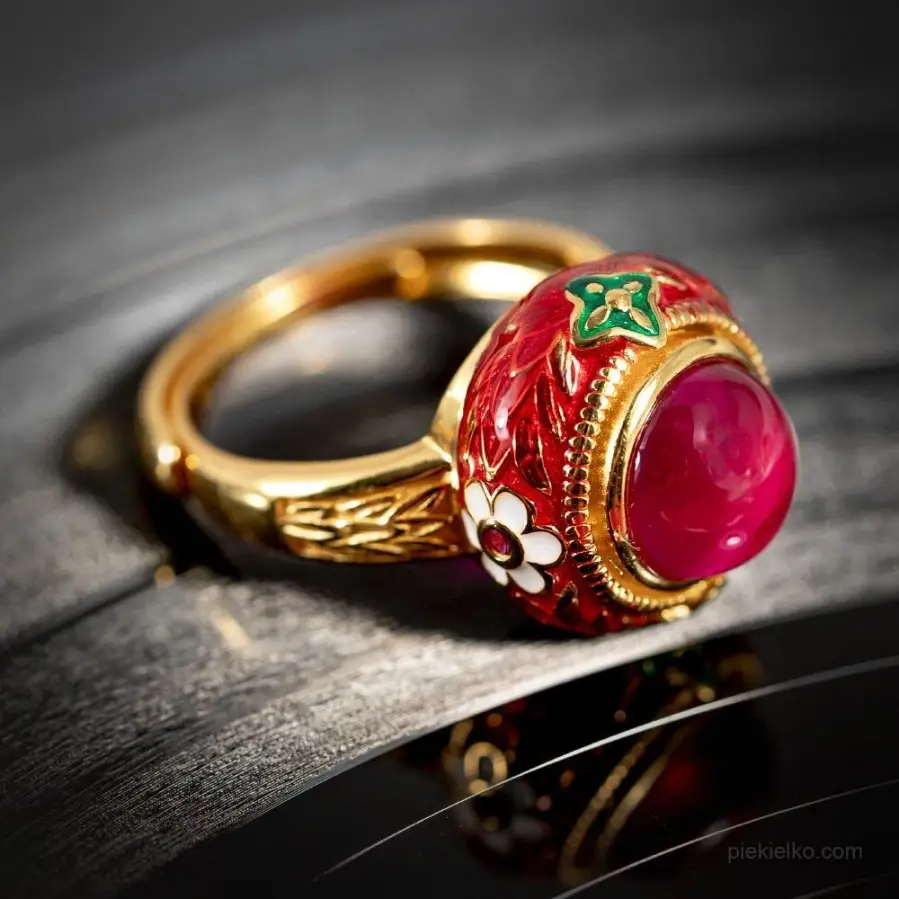
Thai painted ring
349,00314,97 -
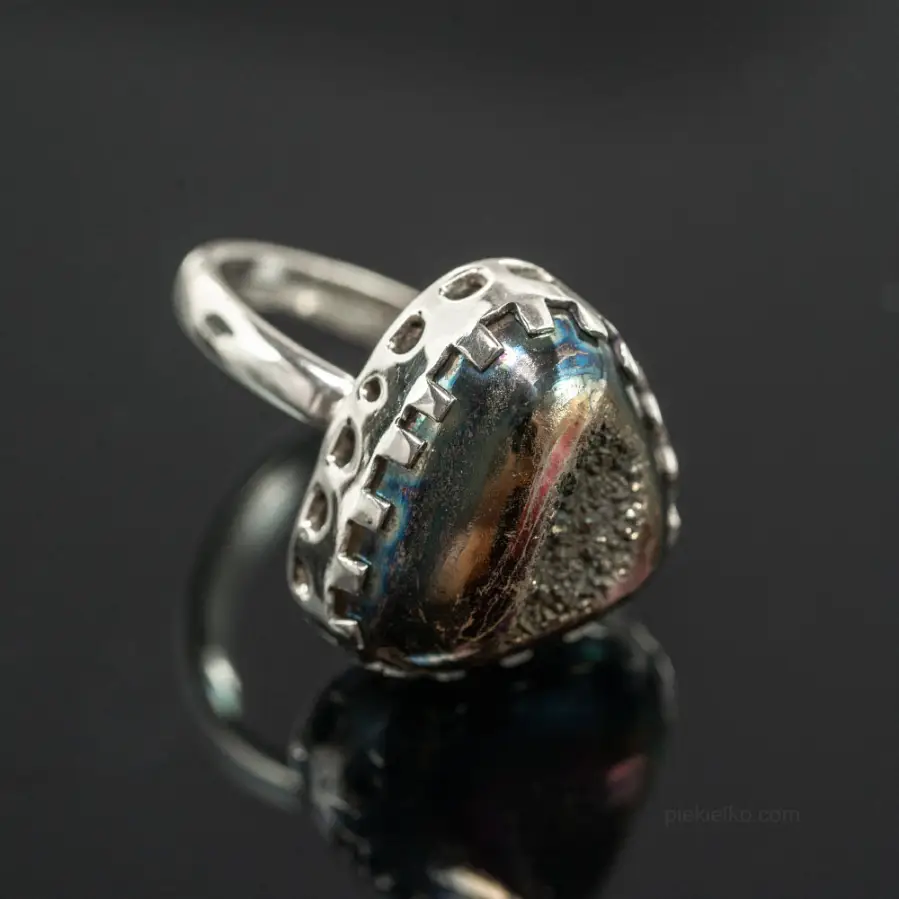
Silver ring with natural druse
300,00270,75 -
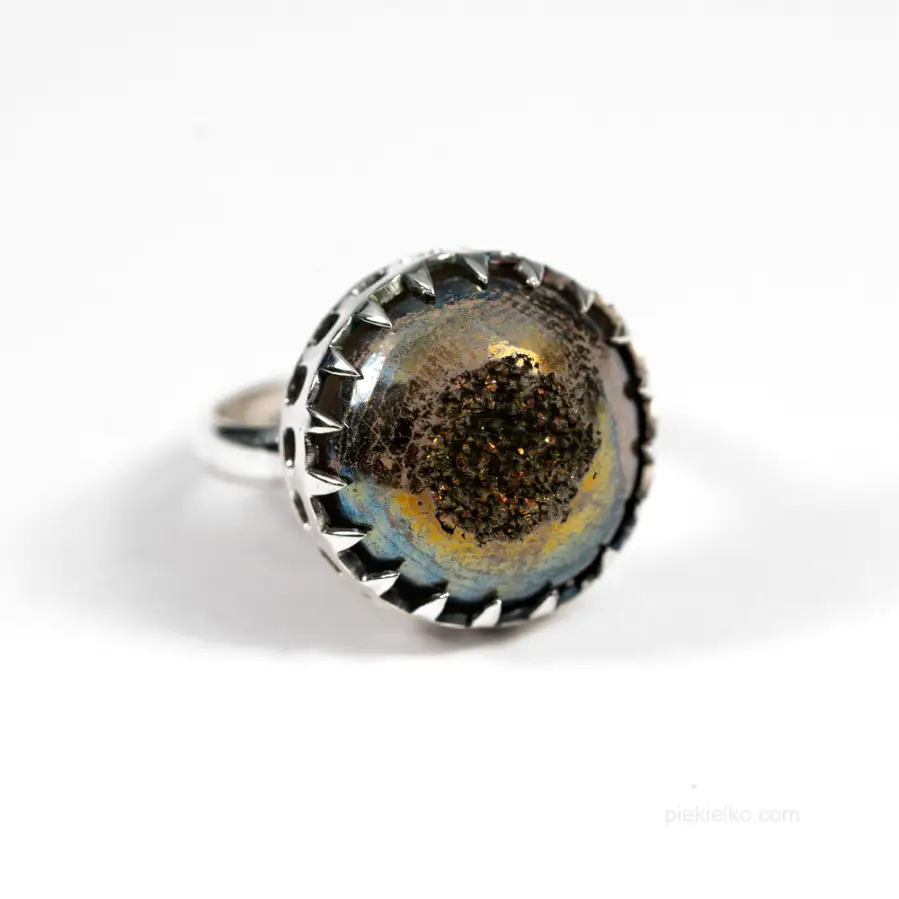
Ring with titanium drusen
290,00261,73 -
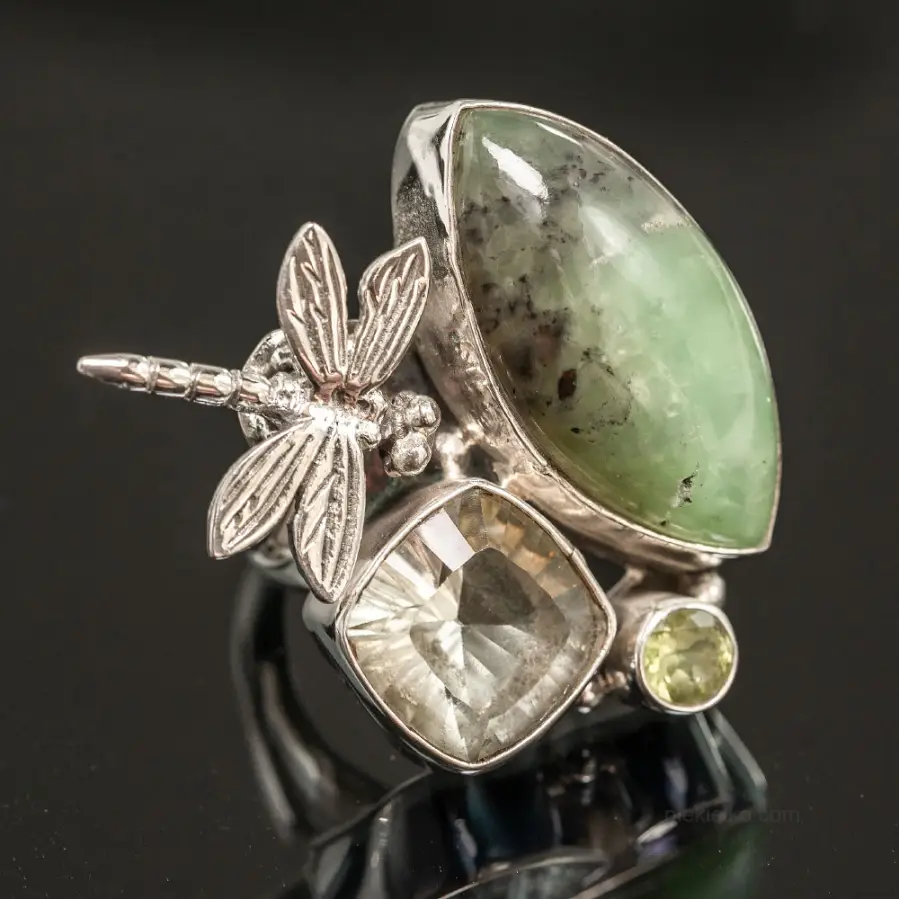
Indian ring - the secret of the lotus
390,00351,98 -
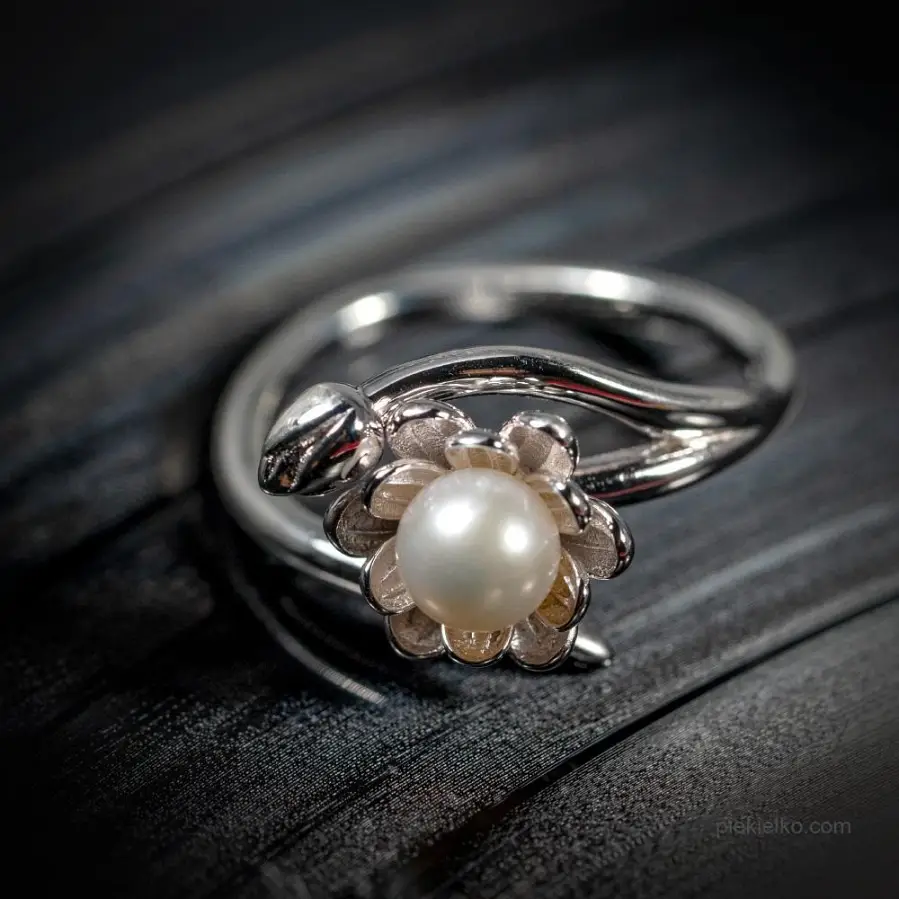
Silver ring with a pearl
391,00352,88 -

Ring with a river pearl
85,0048,45 -
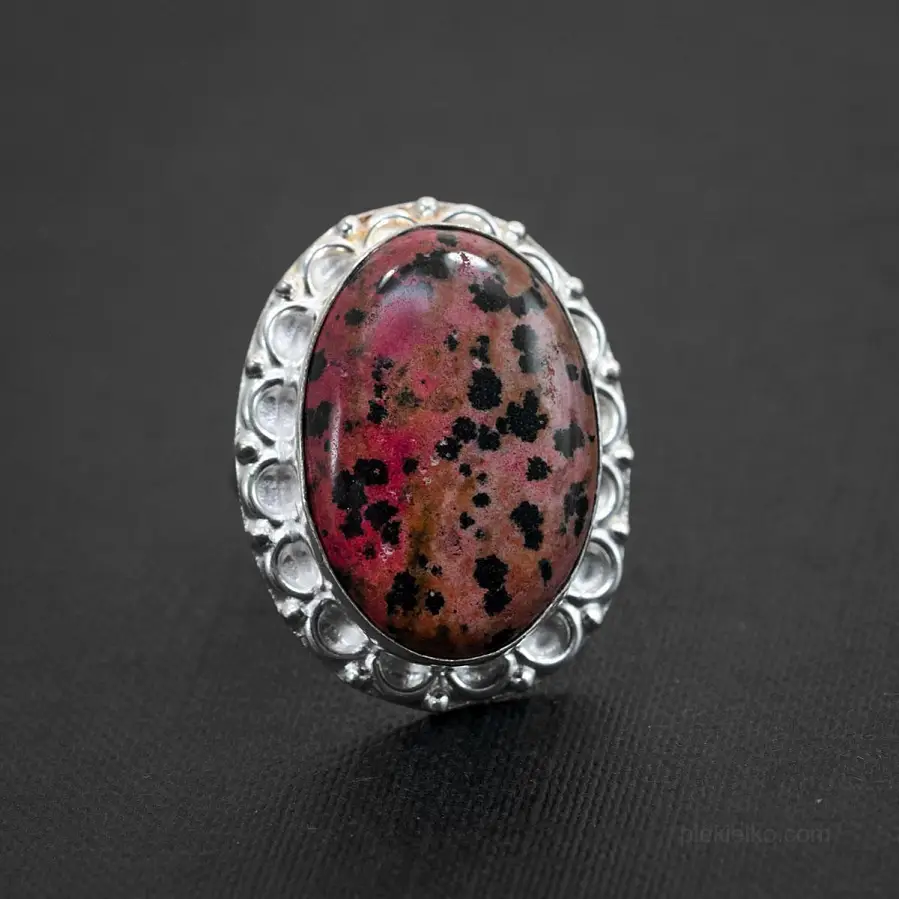
Mahogany obsidian ring
97,0055,29 -
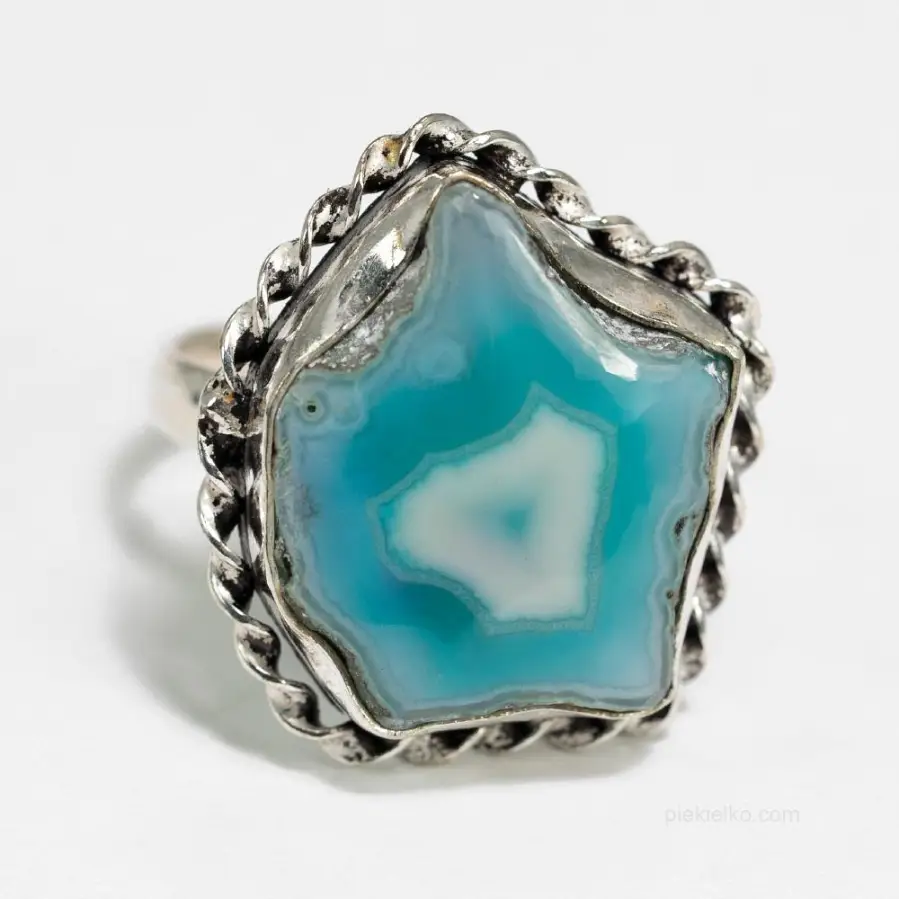
Botswana blue agate ring
150,00142,50 -
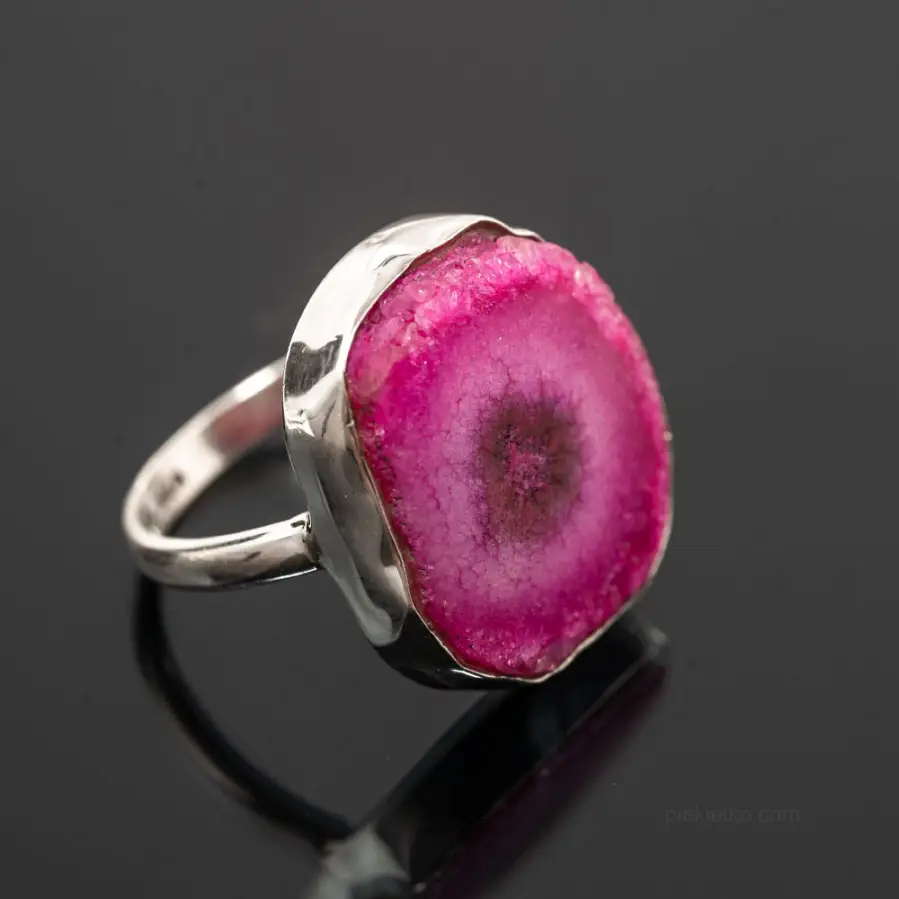
Silver ring with solar agate
310,00279,78 -
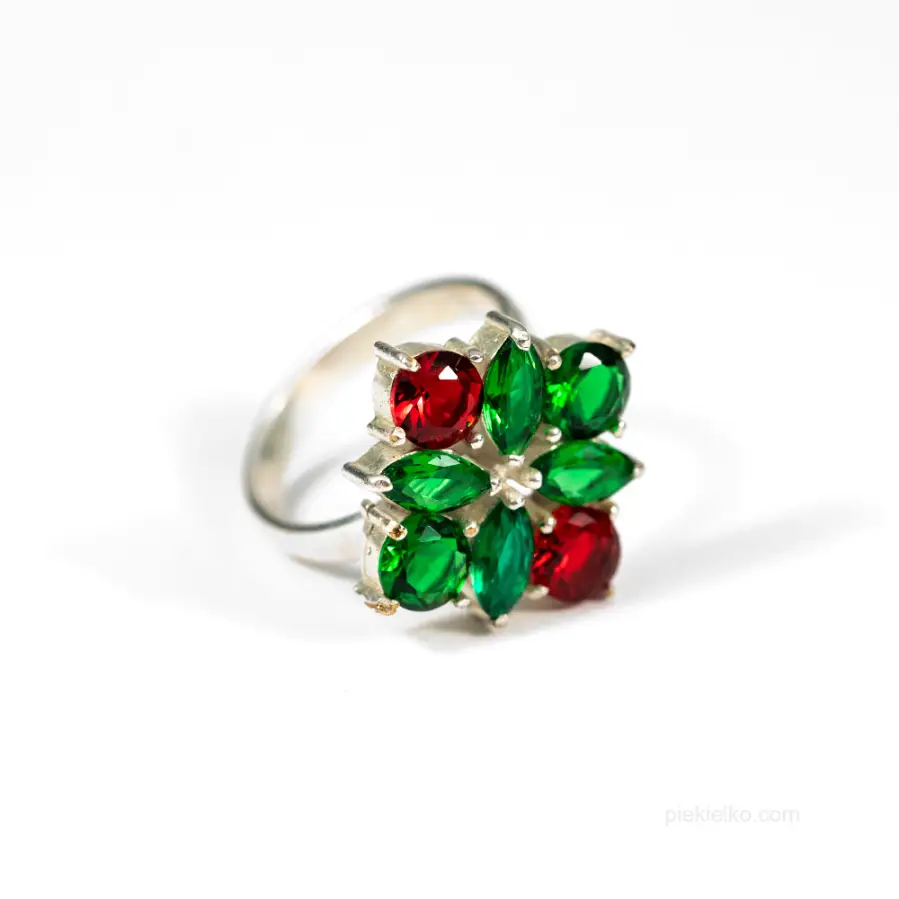
Rosette ring with diopside
170,00161,50 -
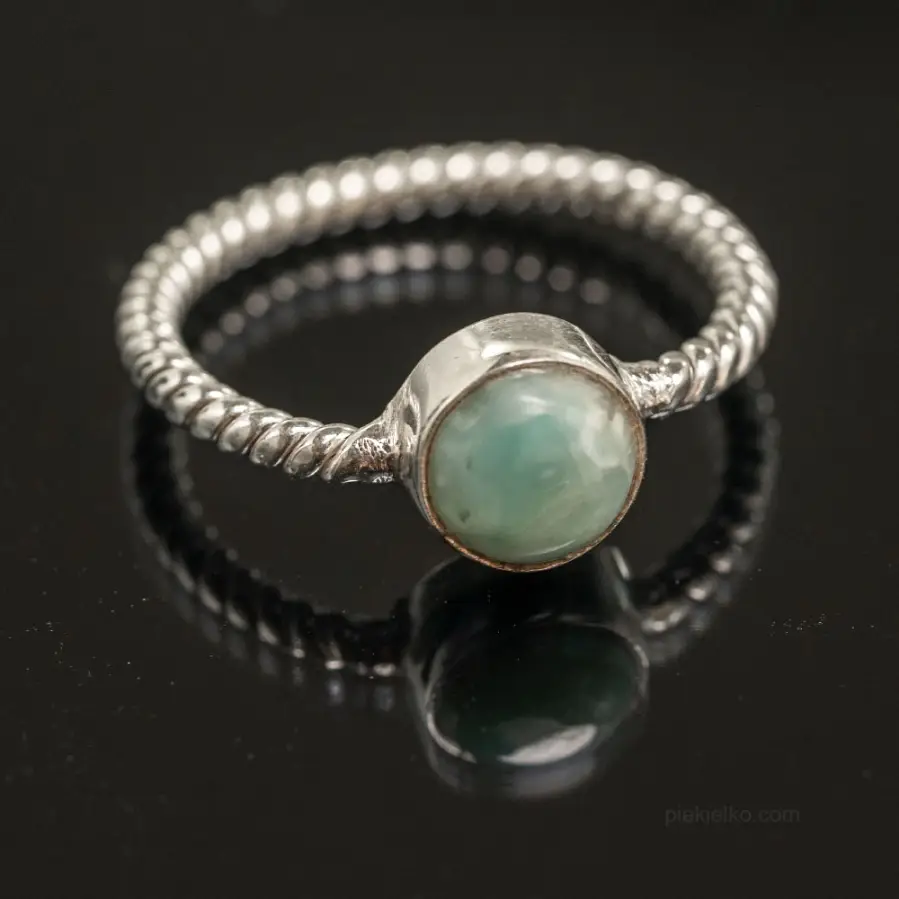
A tiny silver ring with a larimar
180,00162,45 -
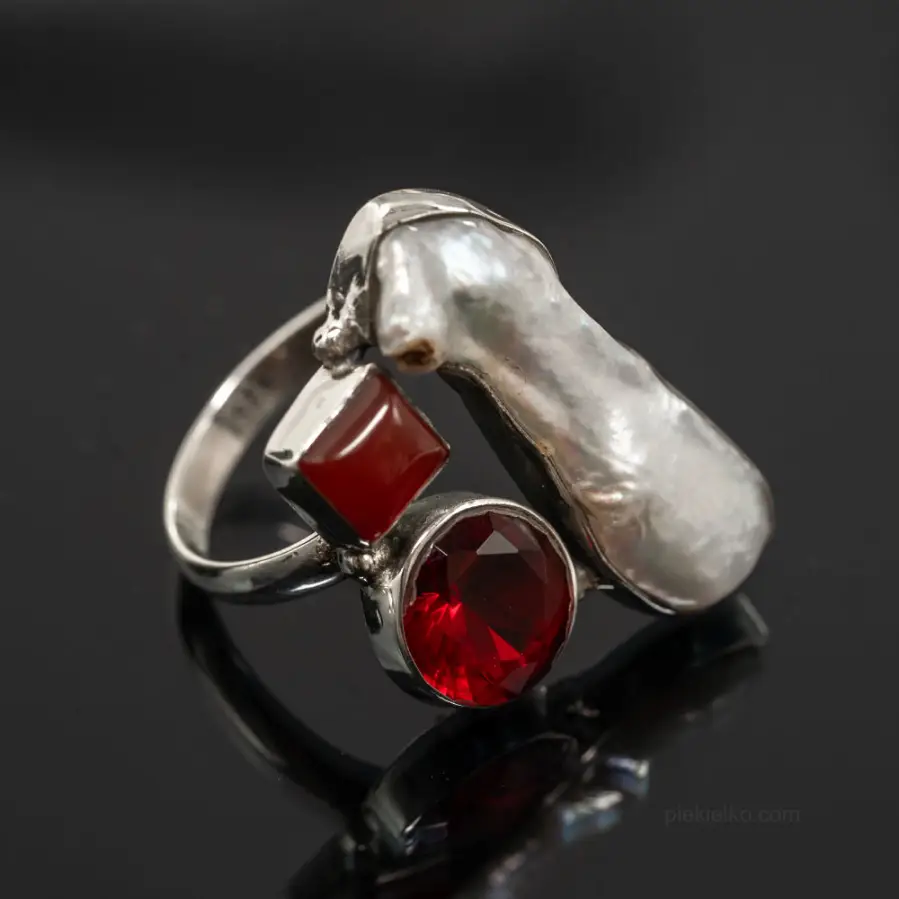
Silver ring with three treasures of nature
400,00361,00 -
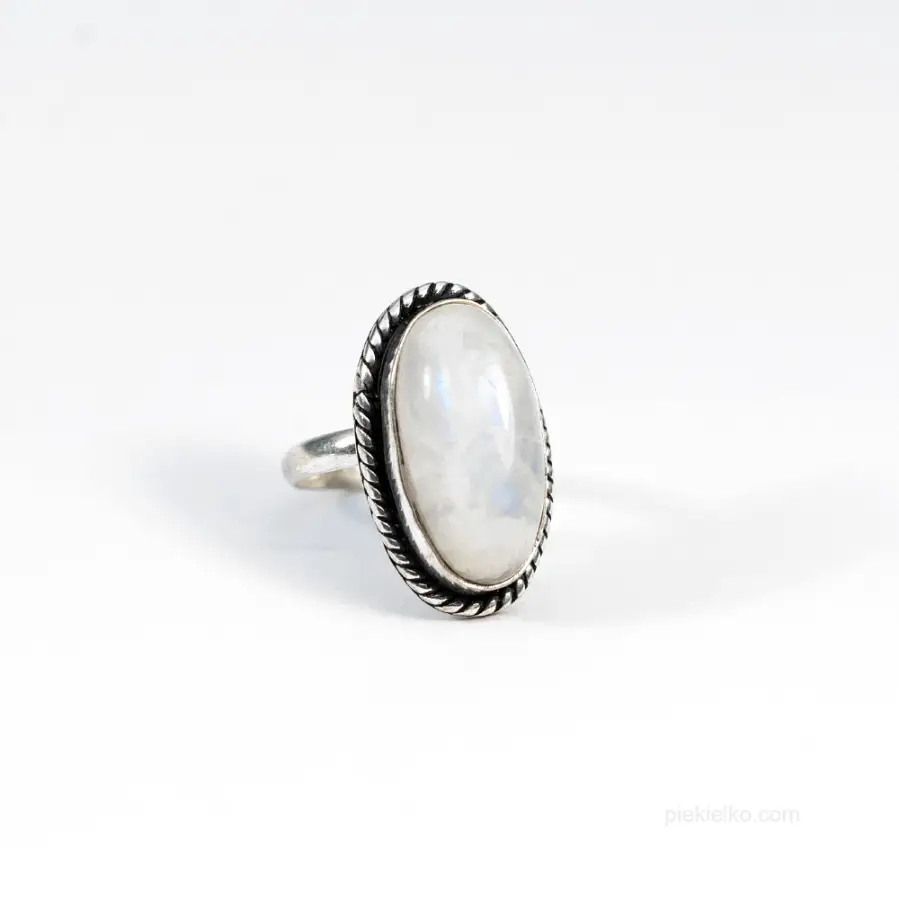
Adjustable moonstone ring
145,00137,75 -

Ring with Tibetan turquoise
155,0088,35 -

Silver-plated ring with labradorite
175,0099,75 -
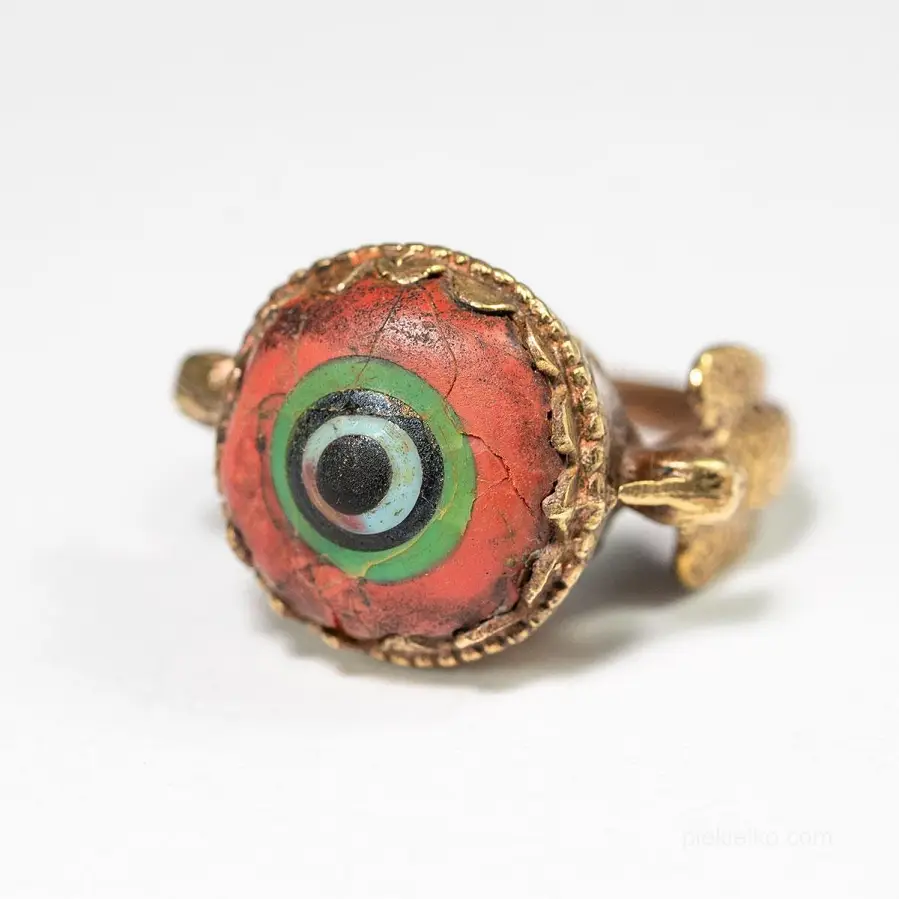
Signet ring with a gabri glass eye
98,0093,10 -

Natural fiery gray labradorite
265,00251,75 -
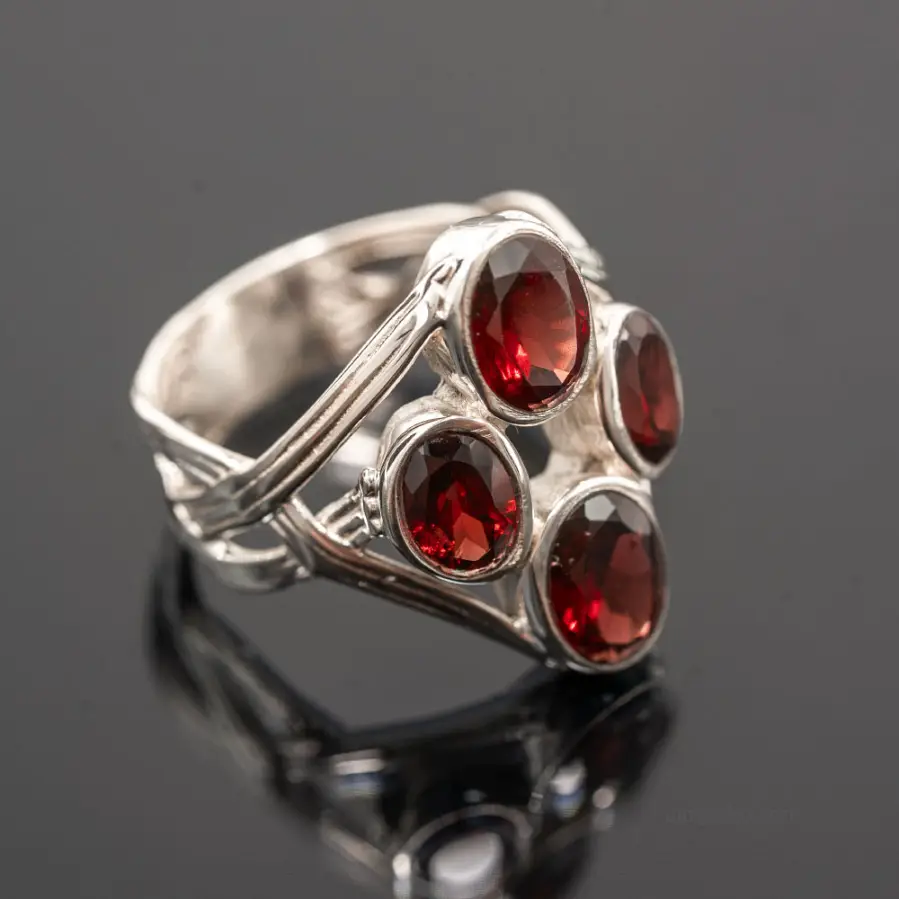
Silver ring with four garnets
400,00361,00 -
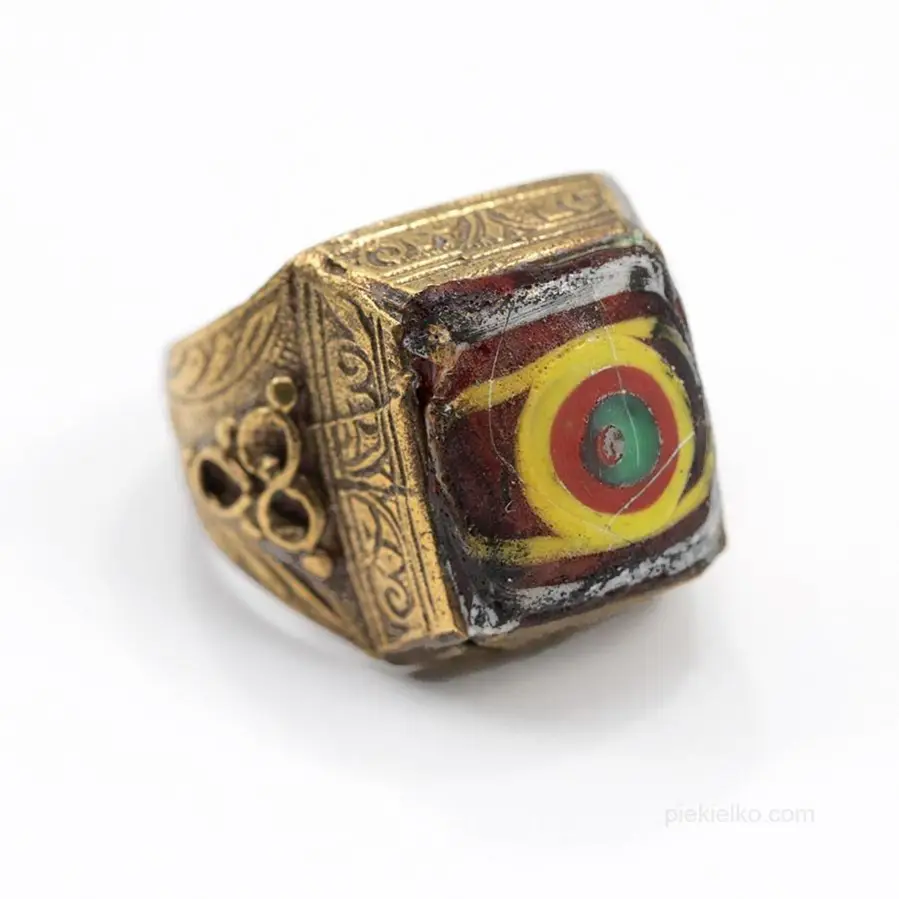
Gabri glass brass ring
98,0093,10



© Piekielko.com

